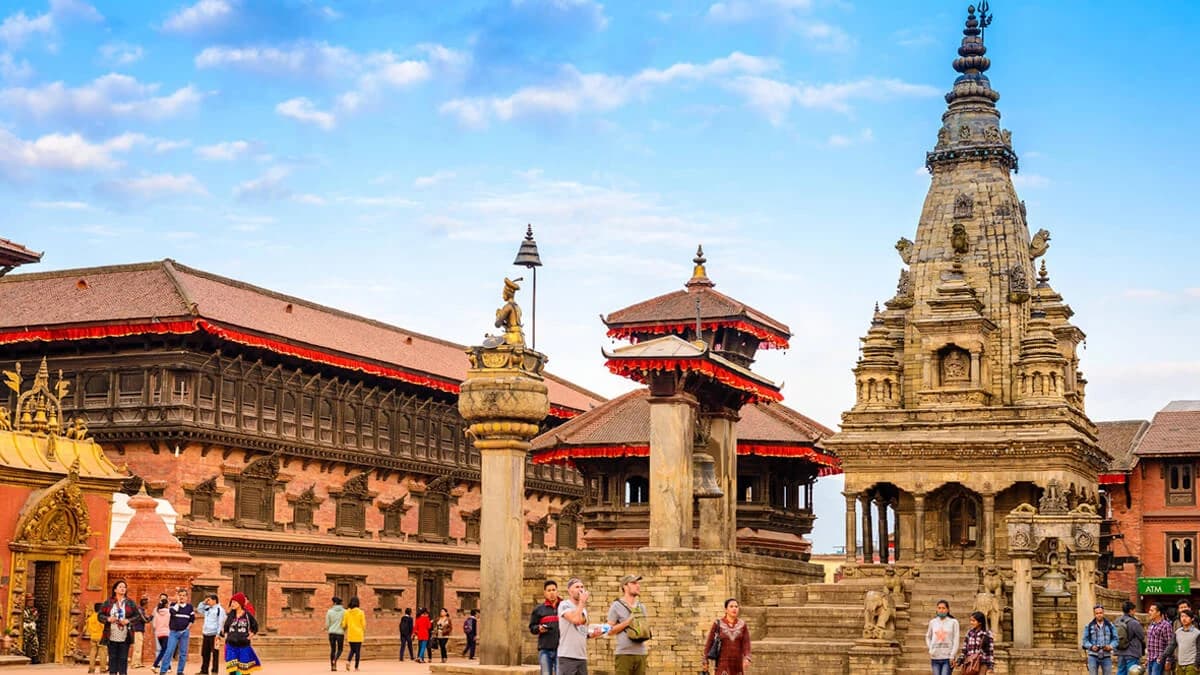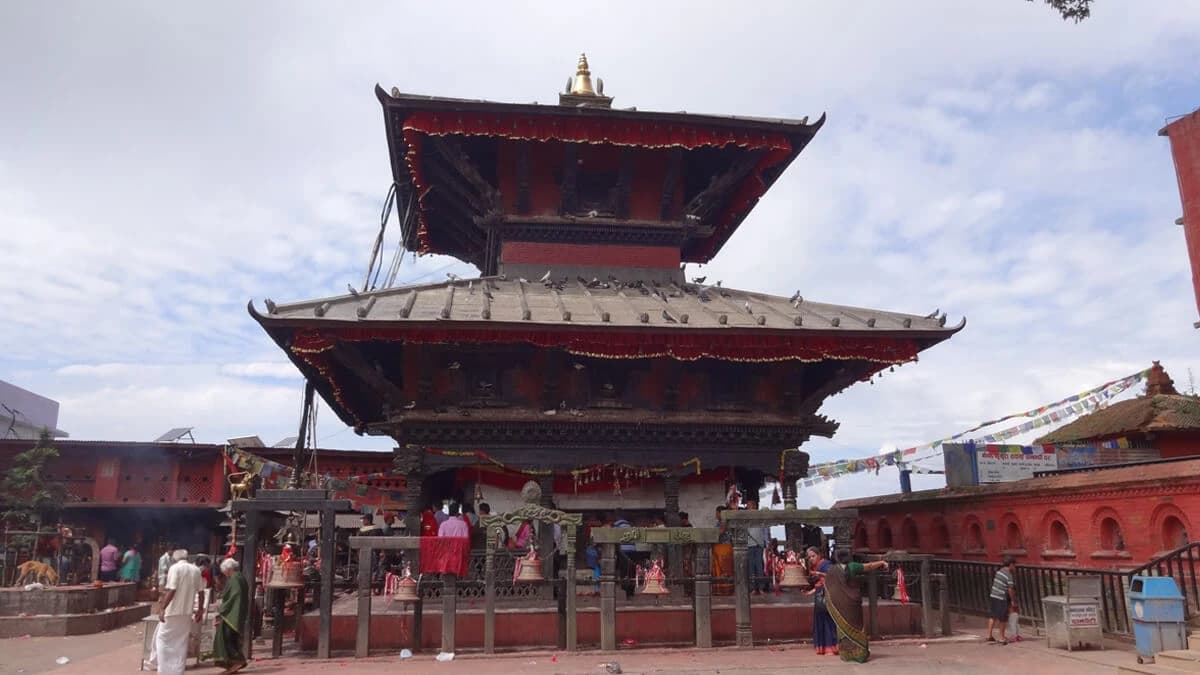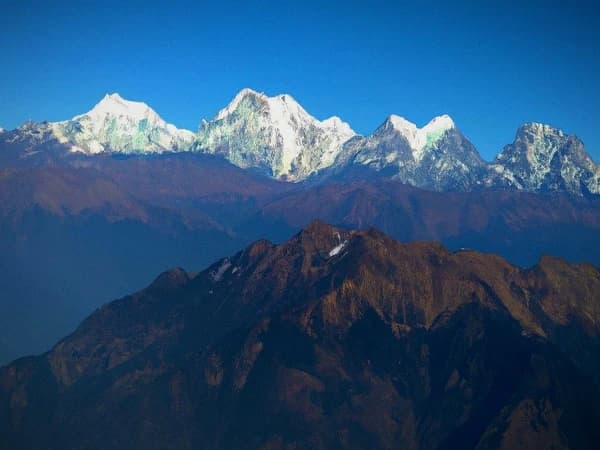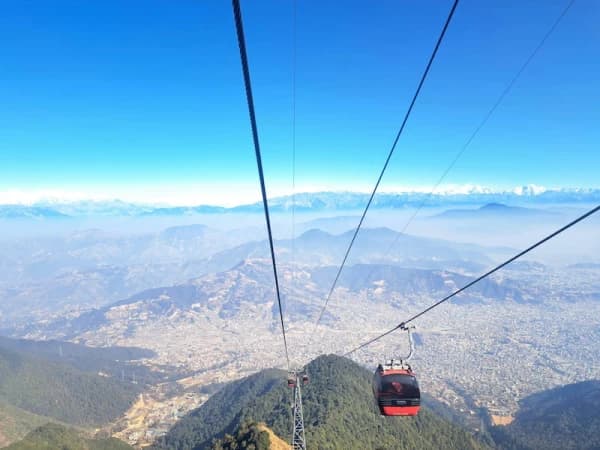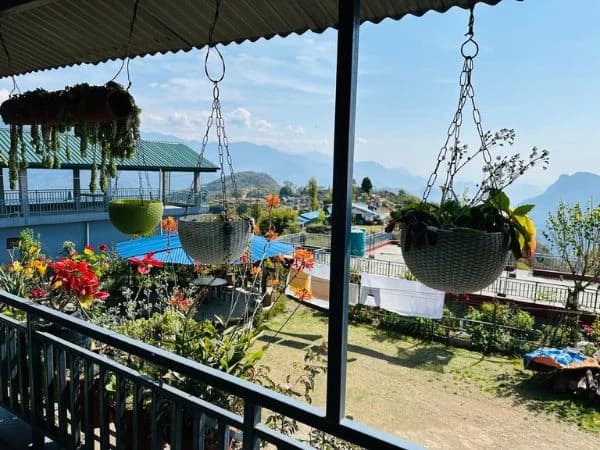Overview
The underlying tenets of Hinduism cannot be easily defined. There is no unique philosophy that forms the basis of the faith of the majority of Nepali’s population. Hinduism is perhaps the only religious tradition that is so diversified in its theoretical premises and practical expressions as to be called a “museum of religions”. This religion cannot be traced to a specific founder nor does it have a “holy book” as a basic scriptural guide. Rig Veda, Upanishads and Bhagwad Gita can all be described as the sacred text of the Hindus. Unlike most other religions, Hinduism does not advocate the worship of one particular deity. One may worship Shiva or Vishnu or Rama or Krishna or some other gods and goddesses or one may believe in the ‘Supreme Spirit’ or the ‘Indestructible Soul’ within each individual and still be called a good Hindu. This gives an indication of the kind of contrasts this religion is marked by. At one end of the scale, it is an exploration of the ‘Ultimate Reality’; at the other end there are cults that worship spirits, trees and animals. There are a lot of Hindu pilgrimage sites in the country.
Kathmandu is the capital of Nepal in both political and cultural aspect. It is named after the Kastamandap temple present in the heart of the city. Kathmandu valley includes two other districts of Nepal namely Lalitpur and Bhaktapur. These three districts were once separate small kingdom before they were conquered by Prithivi Narayan Shah during his unification campaign of Nepal. Kathmandu valley has many historical and religious site of Nepal. There are many famous religious sites like Swayambhunath (Monkey Temple), Boudha, Kapan monastery, Seto Gumba, Pashupatinath and Budhanilkantha. The beautiful fluttering of prayer flags in Swayambhunath and Boudha will make you feel at peace. The view of Kathmandu city from the top of the Swayabhunath is dazzling. The streets of Boudha are filled with the positive energy form many Buddhist monasteries in the area. The valley also has three main historic places, Kathmandu Durbar square, Patan Durbar square and Bhaktapur Durbar square. In all these places, you can observe the architecture of medieval Nepal. These palaces have been turned into museums where you can observe the historical artifacts of ancient Nepalese culture, kingdoms, royal family etc. These palaces are perfect example of famous Nepalese pagoda style architecture.
Manakamana Temple is the temple for Hindu goddess Bhagwati also known to be incarnation of Parvati. The temple is located at the height of 1,302 metres (4,272ft) above sea level. The goddess Bhagwati was worshiped since 17th Century, and is belived to grant wishes of all those who make the pilgrimage to her temple to worship her. The Trisuli river is south of the temple and Marsyangdi river is in the west. From the top of the temple, we can see the mountain ranges like Annapurna range and Manaslu-Himachali range in the north.
Pokhara (the tourism capital of Nepal) is perfect city for adventure and leisure day. The pleasant climate, the joyous atmosphere at lake side Pokhara, the beauty of Fewa Lake with Bindyabasini temple at its center, the feeling of being at peace at world peace pagoda with Buddhist influence design and significance, and the mesmerizing panorama views of the snow capped Massif of Annapurna from Sarankot, makes Pokhara a truly great experience for touring in Nepal. Pokhara will overwhelm you with its beauty and the memorable experience that you will remember forever.

